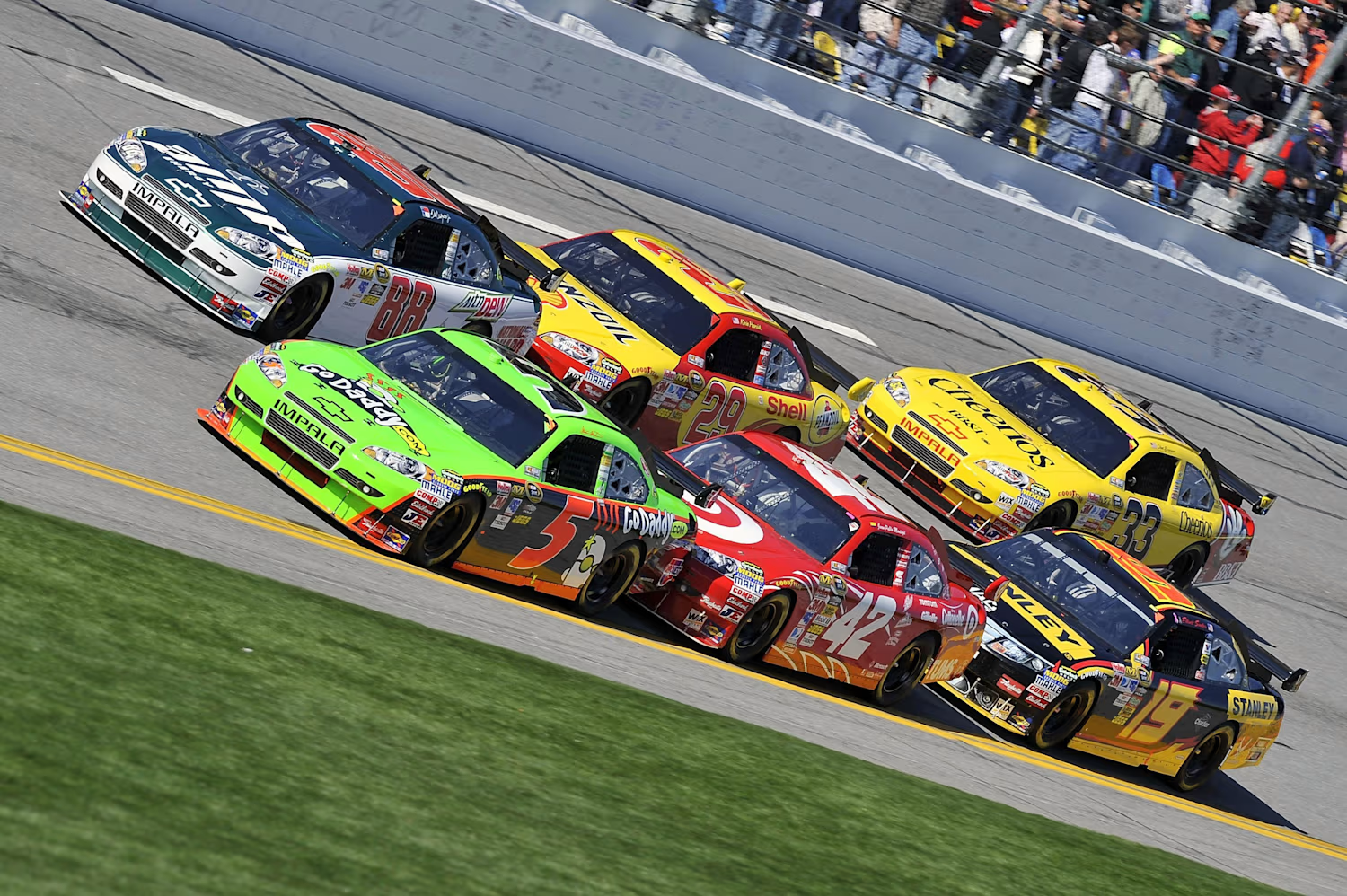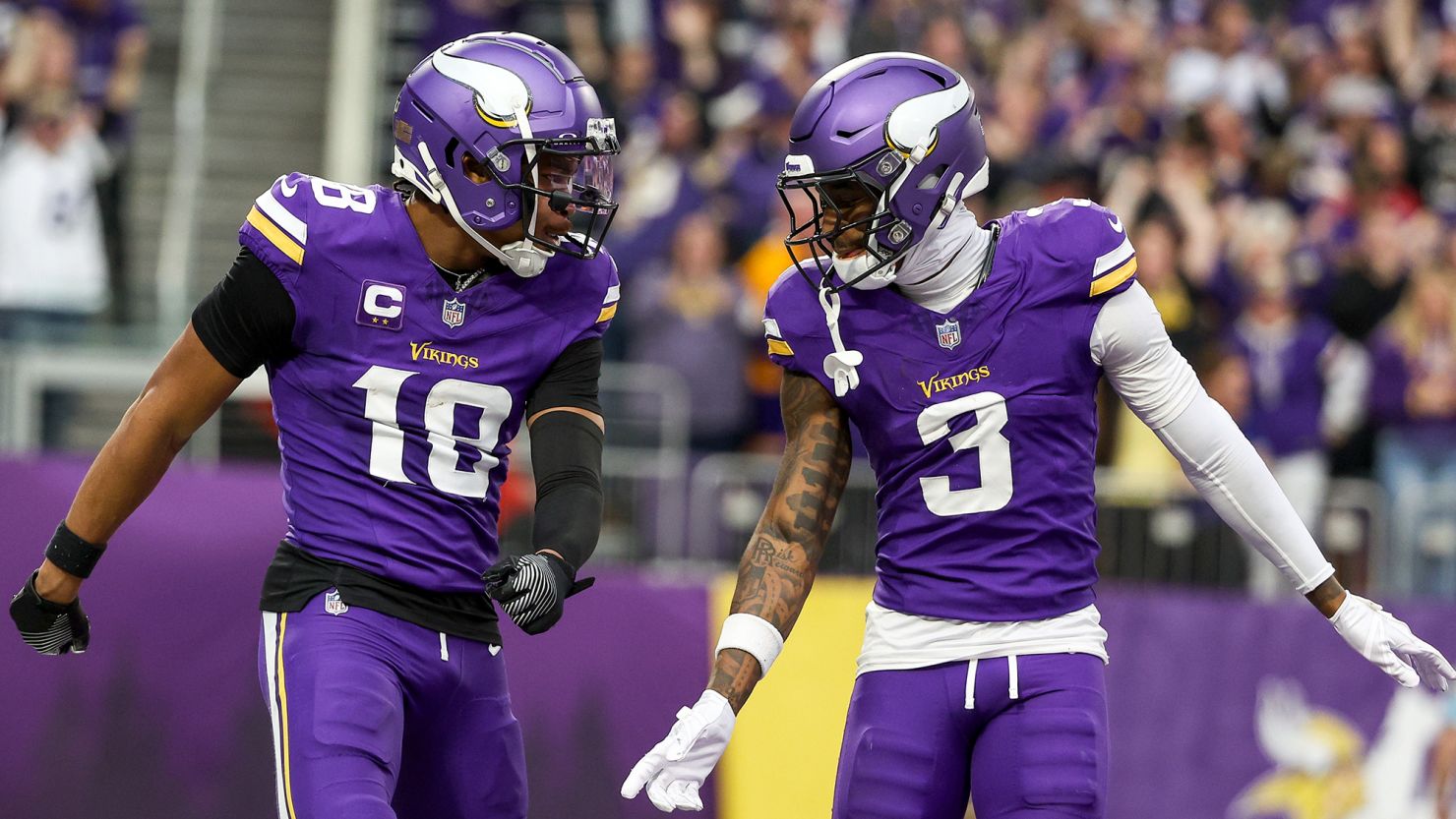Nascar, a sport long rooted in tradition and terrestrial broadcast deals, has taken a bold step into the streaming era. With its historic partnership with Amazon Prime Video now live, starting from the Coca-Cola 600, the Nascar Cup Series is being broadcast exclusively on a digital platform for the first time.
This move is not just a broadcasting tweak—it’s a strategic leap into the future of sports consumption.
Amazon’s Big Bet on Motorsport
Ben Kennedy, Nascar’s Chief Venue and Racing Innovation Officer, emphasized the “significant” level of promotion Amazon is providing throughout this five-race Cup Series window. Amazon Prime Video isn’t just airing the races—it’s backing them with marketing muscle, algorithmic prioritization, and platform-wide visibility.
Jay Marine, Amazon’s global head of sports, confirmed the underlying objective: reach younger audiences. With streaming-native fans consuming content in shorter, faster, and more flexible formats, Prime Video sees motorsport as fertile ground to grow an engaged Gen Z and Millennial base.
Early signs are promising. The Coca-Cola 600, traditionally averaging around 3.61 million viewers since 2021, saw an estimated 2.5 million streamers tune in—closing the gap with traditional cable’s 2.2 million average since 2020.
Beyond Race Day: A 360º Content Strategy
Nascar isn’t banking on races alone. As Kennedy noted, “We also launched a documentary on Dale Earnhardt… already number one on Amazon Prime.”
This approach blends live events with on-demand storytelling, offering fans a deeper, more emotional connection to the sport and its legends. Another documentary, focused on Nascar’s Garage 56 efforts at Le Mans, is also set to launch soon—continuing the momentum and increasing off-track engagement.
It’s a model reminiscent of Formula 1’s “Drive to Survive” playbook but executed within a tightly coordinated platform ecosystem.
The Road Ahead: Nashville and the New Metrics of Success
The next test? The Nashville Superspeedway race. With a previous four-year average of three million viewers, expectations are high—but the goal now extends beyond ratings. It’s about audience retention, cross-platform amplification, and lifetime value of streaming viewers.
Whether Amazon and Nascar can build long-term engagement—or if this remains a novelty event—will shape how other motorsports evaluate their digital futures.
Consultancy Section: Strategic Recommendations
For Rights Holders:
- Bundle live with narrative. Nascar’s dual approach—live racing and documentary storytelling—creates a 360º content loop. Rights holders should curate always-on content pipelines that merge performance with personality.
- Leverage algorithmic real estate. Unlike TV listings, streamers thrive or die based on discoverability. Strategic metadata tagging, cross-genre promotion, and optimized thumbnails can enhance visibility on platforms like Prime Video, Netflix, and YouTube.
- Test & track digital-native KPIs. Beyond viewership, measure click-through rates, time-spent, rewatch behavior, and docu-series engagement to understand the full value of streaming audiences.
For Sponsors & Brands:
- Shift your spend to streaming-integrated formats. As Nascar leans into Amazon, in-race branding should evolve: interactive overlays, click-to-buy ads, and branded mini-docs can create ROI beyond traditional signage.
- Think beyond race day. Align with off-track content—fan stories, behind-the-scenes, lifestyle integrations—to build deeper affinity with younger, digitally-native viewers.
For Broadcasters & OTT Platforms:
- Use live sport to seed a content flywheel. Every race, match, or game should lead to related content (documentaries, analysis, short-form content) that keeps fans engaged across the week.
- Build sport-specific UX journeys. Dedicated carousels, autoplay trailers, and reminders for upcoming races can create habit-forming behaviors inside the app.
Want to future-proof your sport, media, or brand strategy for the streaming generation?
Let’s talk. We help federations, leagues, and platforms turn live rights into long-term digital ecosystems.
IMAGE: Red Bull


